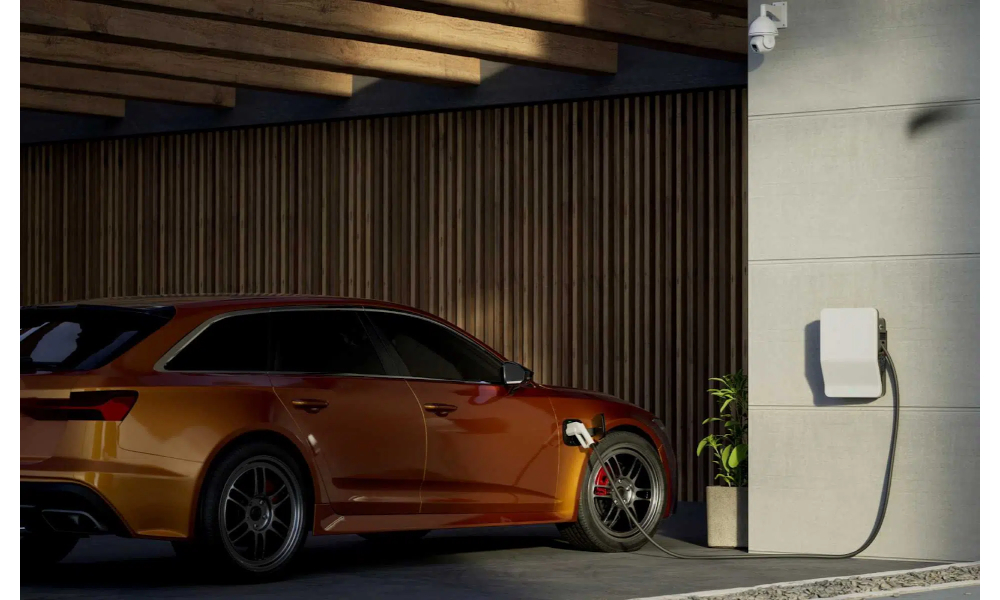Electric vehicles (EVs) are becoming more popular, and having a home charger makes owning an EV even more convenient. But installing an EV charger is not as simple as just plugging in a device. A proper installation ensures safety, efficiency, and long-term reliability.
If you’re thinking about setting up an EV charger at home, here are five best practices you should follow.
1. Choose the Right Charger for Your Needs
Not all EV chargers are the same. Some provide faster charging, while others are more affordable. Level 1 chargers use a standard home outlet but take a long time to charge. Level 2 chargers are much faster, but they need a dedicated circuit.
Think about your driving habits, battery size, and how quickly you need to charge. Before making a decision, check your EV’s compatibility with different chargers. Some cars work best with certain charging speeds. Also, consider smart chargers that allow you to schedule charging times and monitor energy use.
2. Pick the Best Location for Installation
Where you install your charger matters a lot. It should be close to your parking spot and easy to access. A good location ensures that the charging cable reaches your car without stretching too much, reducing wear and tear. Also, it should be protected from rain and extreme weather.
If possible, install the charger near your electrical panel to reduce wiring costs. For outdoor setups, choose a charger with a weatherproof design. Planning the right location now can save you money and make daily charging effortless.
3. Upgrade Your Electrical System If Needed
Many homes, especially older ones, may not have enough power capacity for a Level 2 charger. EV chargers need a dedicated circuit, and some require panel upgrades. Before ev charger installation, ask an electrician to check if upgrades are necessary, it’s better to handle them beforehand.
Overloading your panel can cause circuit breakers to trip frequently. In worst cases, it may create fire hazards. A proper electrical setup ensures smooth and safe charging every time. Investing in upgrades now can prevent major issues later.
4. Hire a Certified Electrician for Installation
DIY installation might sound tempting, but it’s not a good idea unless you’re an expert. EV chargers deal with high voltage, and incorrect installation can lead to serious safety risks. A certified electrician knows how to set up the charger correctly, follow safety codes, and handle permits if required.
Professional installation also ensures your warranty remains valid. Many manufacturers require professional installation to keep the warranty active. Hiring an expert may cost more upfront, but it guarantees long-term safety and reliability.
5. Consider Smart Features and Future-Proofing
Technology is improving rapidly, and EV charging is no exception. Many modern chargers come with smart features like WiFi connectivity, energy monitoring, and mobile app control. These features help you track usage, schedule charging times, and even optimize costs based on electricity rates.
Future-proofing your setup also means thinking ahead. If you plan to get another EV in the future, installing a dual-port charger or a higher-capacity setup now can save you money later. A little extra planning today can make life easier down the road.
Conclusion
Installing an EV charger at home is a smart move, but doing it right is just as important. Choosing the right charger, picking the best location, upgrading your electrical system, hiring a certified electrician, and considering smart features all play a key role. These best practices ensure safety, efficiency, and long-term convenience.

